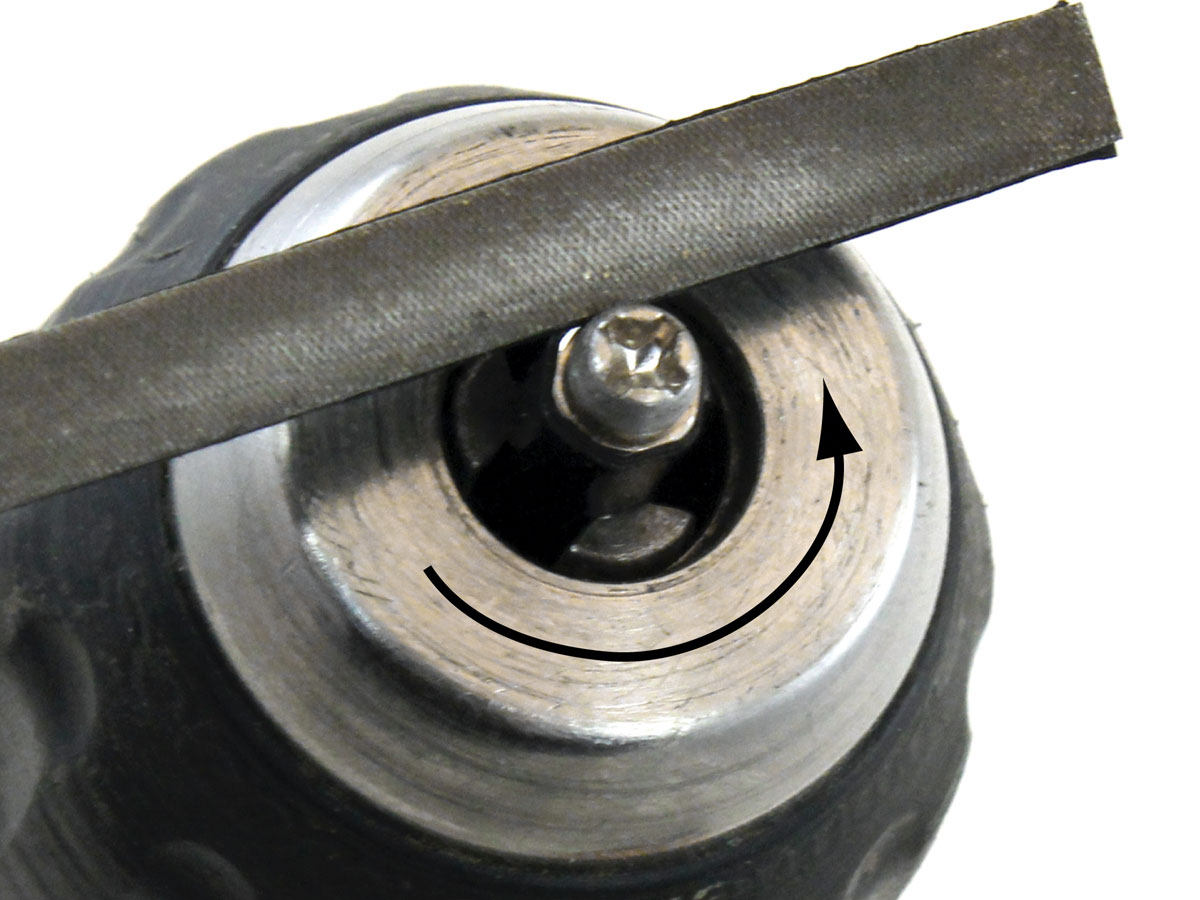When working with Arduino and other boards, most people just set the bare PCB down on the bench, hook up cables and components, and go. As long as your benchtop isn’t made of metal, and as long as you’re careful, this can work fine. But it’s not ideal.
Clipped leads and other random metal bits tend to get underneath the board, where they can short across the exposed solder points, causing erratic behavior and even damage. Plus, those bare points will scuff up a nice benchtop pretty fast.
You could put the thing in a case, but most dev boards have wires coming in from all sides — cases end up being more hole than wall. It’s cleaner and easier to just give your board a lift by adding rubber feet built from off-the-shelf hardware.













